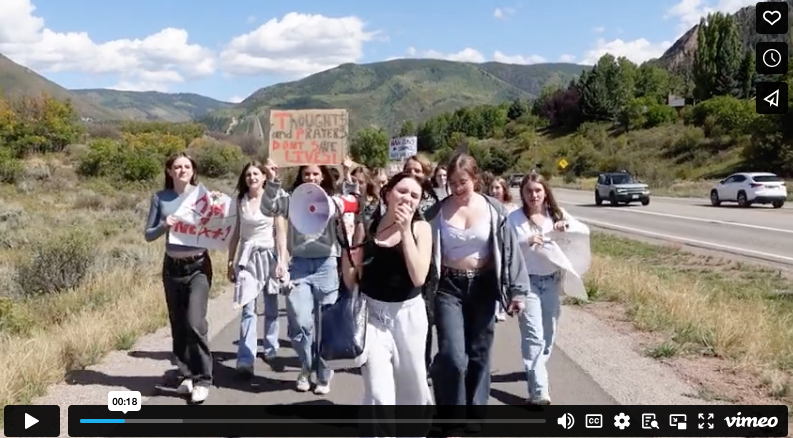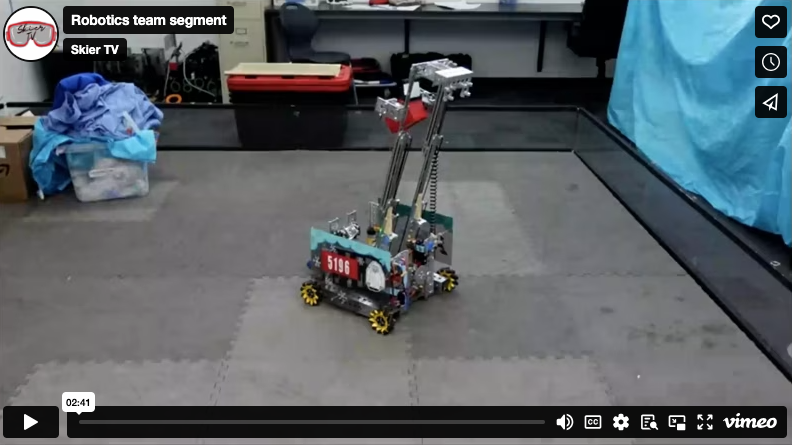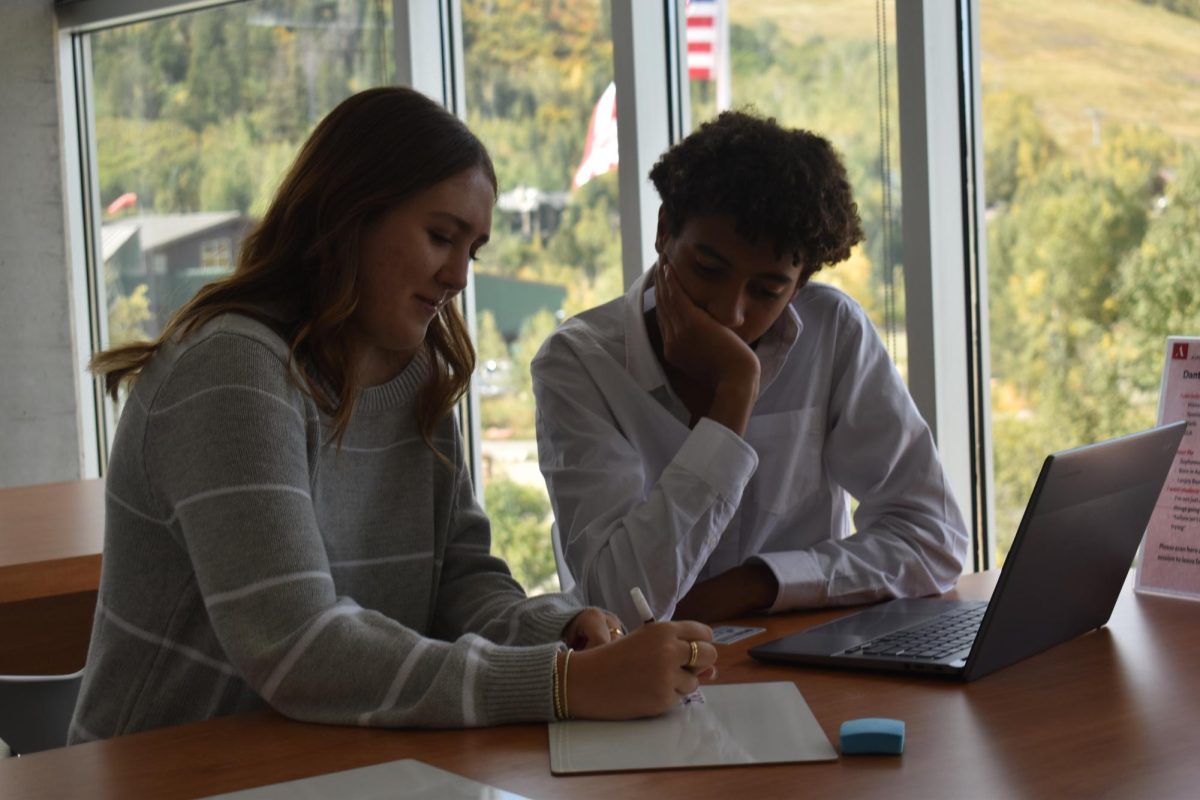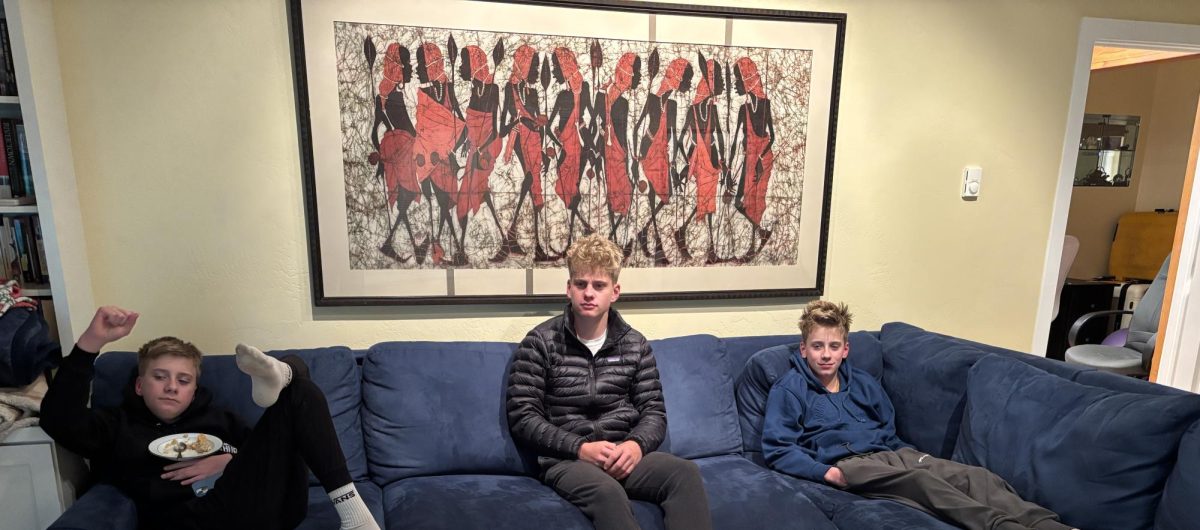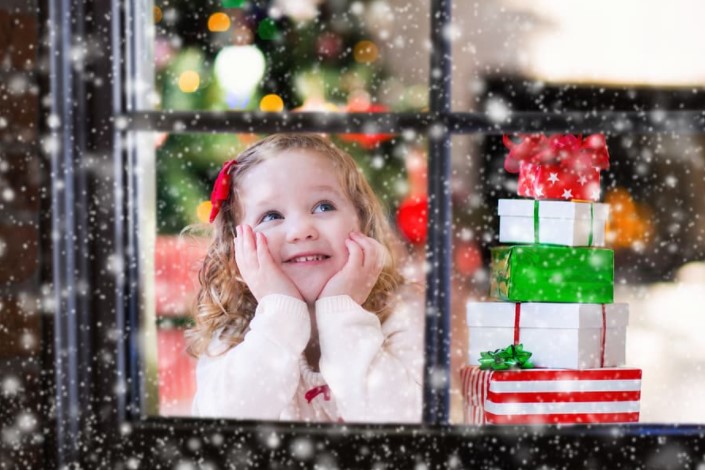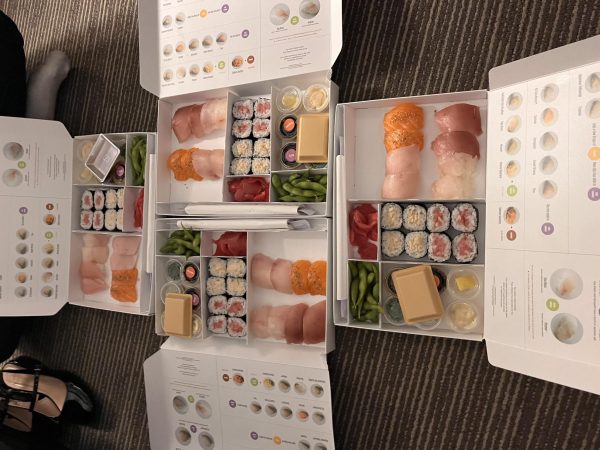Why Childhood “Lies” Are Good For Children
Kids Believing in the wonders of childhood
I used to think that the Tooth Fairy was real. Every time I’d lose a tooth, I thought a small, winged fairy in a cloud of fairy dust would come flying into my room, take my tooth, and place a crisp dollar bill under my pillow. I used to believe in Santa Clause. Every night on Christmas Eve, my brother and I would promise each other that we would stay awake and listen for Santa Clause as he tip-toed around the house leaving presents. Of course, we failed miserably every year.
It is true that some people discourage lying to their children about Santa and the Easter bunny because not only is it morally and ethically dubious, but it also encourages kids to lie to themselves. And what about when they discover the truth? Won´t they be mad when they realize that you have been lying to them all this time?
Quite the contrary. Children have been shown to respond positively to learning the truth. Upon making the discovery – whether they have been told or figured it out themselves – they will feel like they’ve been let in on the “secret” and therefore become a part of the adult world; if the oldest child has younger siblings, they will also be taught a form of responsibility when they have to keep the myth alive for the siblings that are unaware.
In addition, it is also a way to keep the magic alive and well, and a way for parents to bond with their kids. It is actually healthy to engage kids in this world of make-believe – it helps them develop their social skills. I remember when I used to believe in Santa – every Christmas was thrilling and full of excitement. Don’t you remember that bundle of excitement and suspense before Christmas Day? Well, according to Dr. Sharman, when you measure the pleasure centreś of a child’s brain whilst discussing Santa Clause and Christmas it “lights up” and sends out anticipatory dopamine – that feeling of happiness – into the brain.
Having this perception of Santa Clause, the Easter Bunny, and the Tooth Fairy not only keeps the magic alive but also encourages a kid to be imaginative and creative, skills which will be of great use when they’re older. In 2015, psychologist and art therapist Dr. Cathay Machiodi cited multiple studies confirming that being creative and imaginative lessens depressive symptoms, increases positive emotions, reduces stress, and decreases anxiety. Now, I’m not saying that believing in Santa Clause is the sole source of a kid’s imagination, but it is a large contributor to it and will certainly provide them with a lot of good memories to look back on.
Believing in joy and goodwill is not a bad thing.


